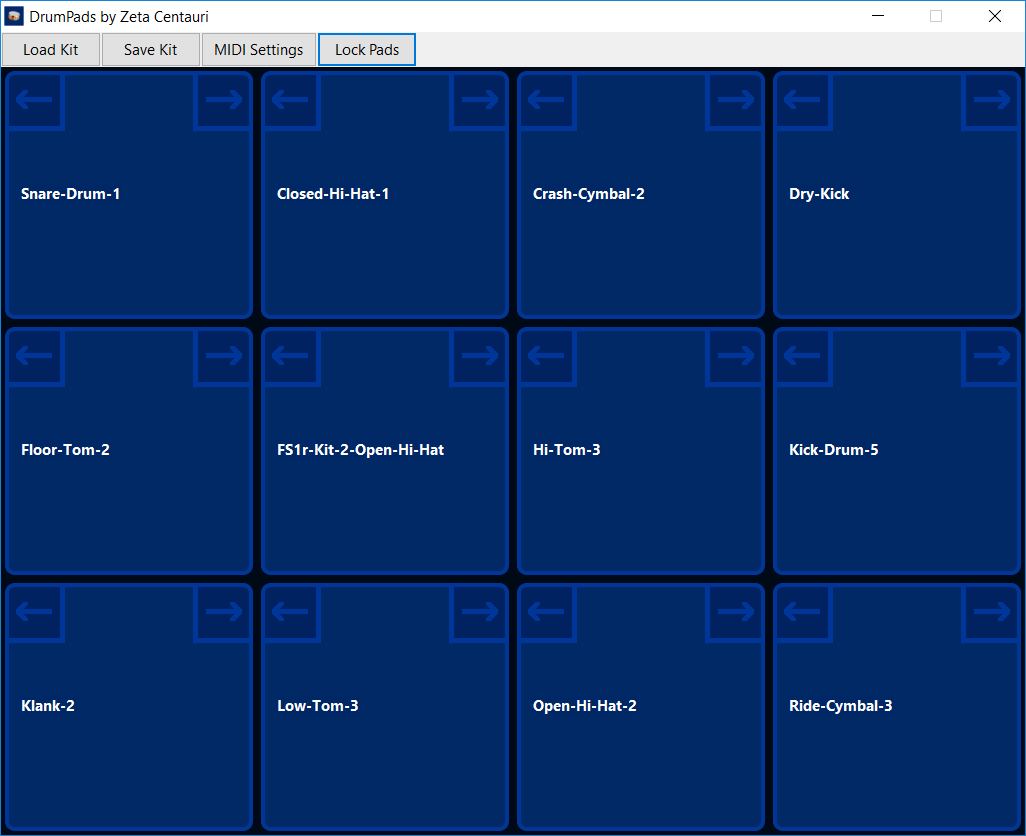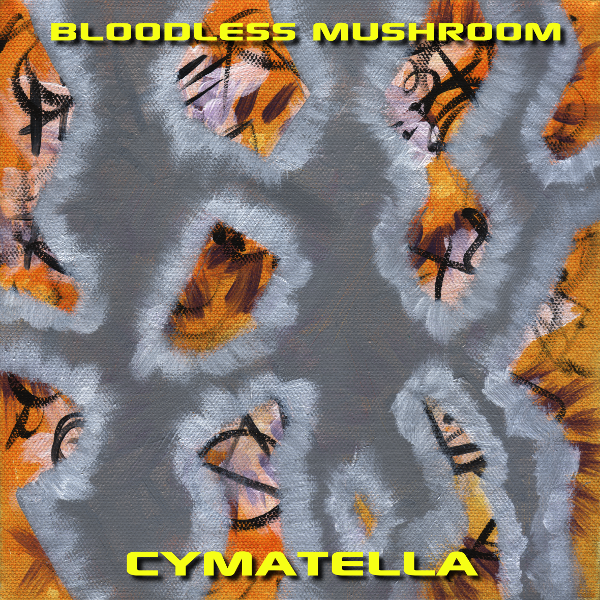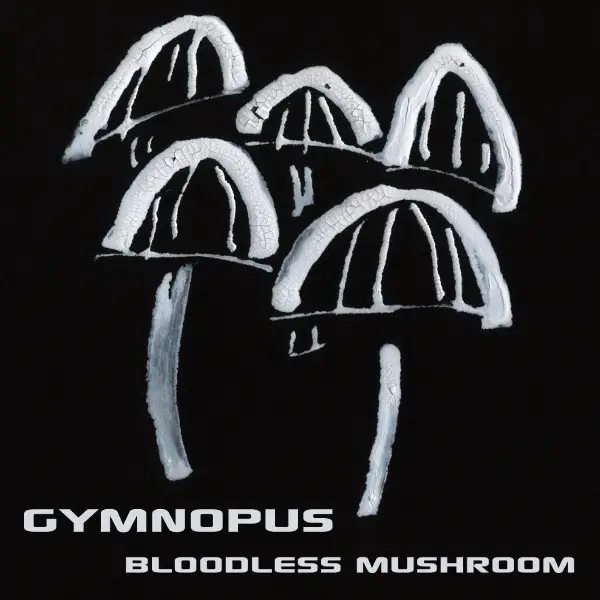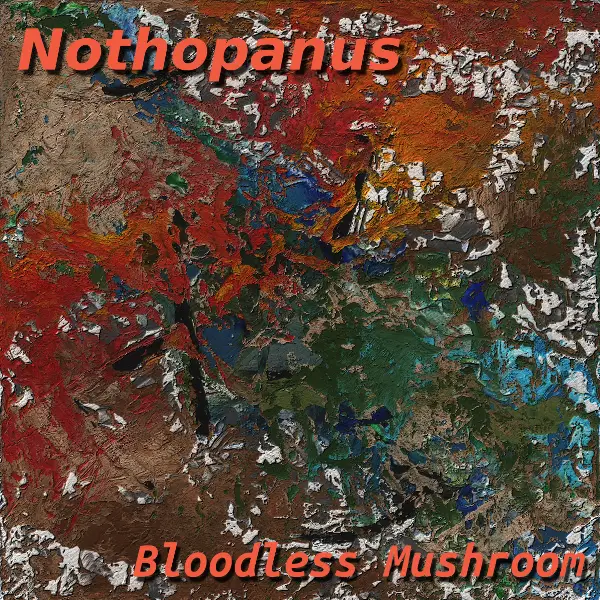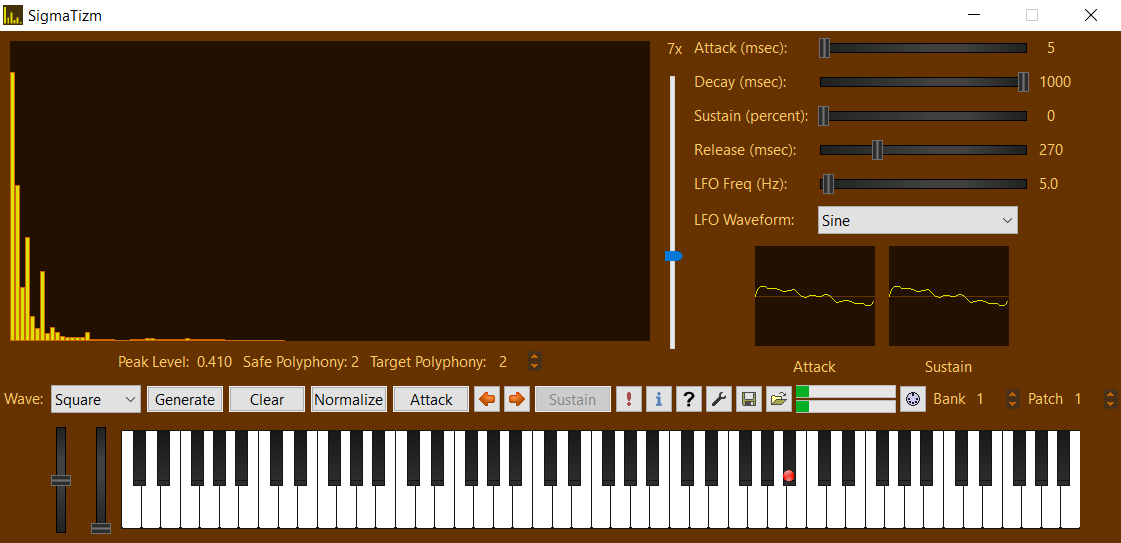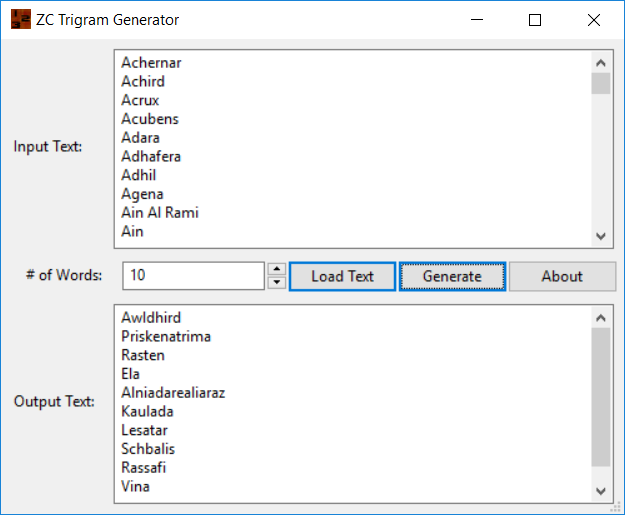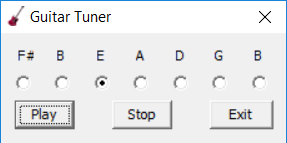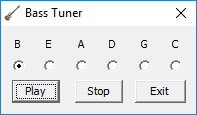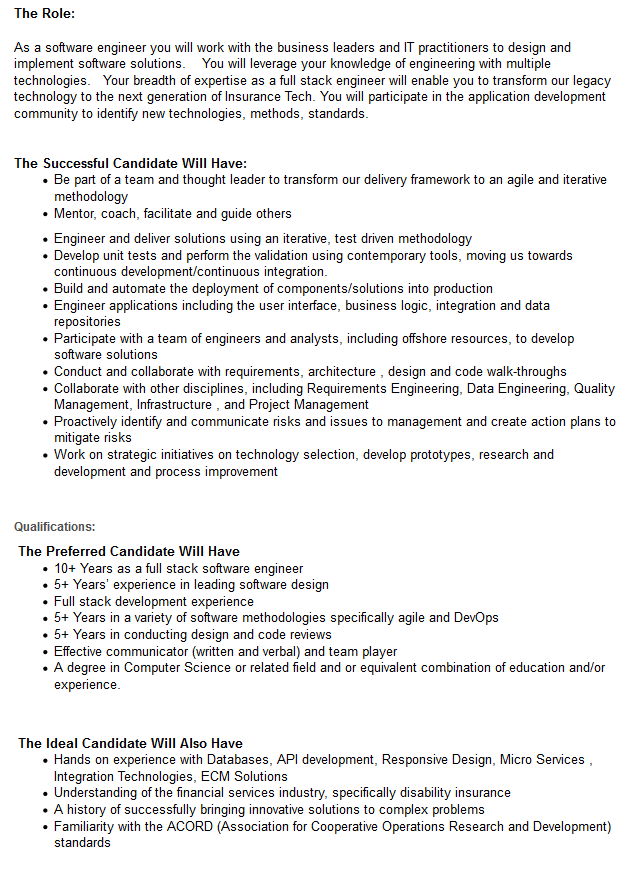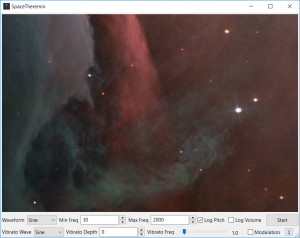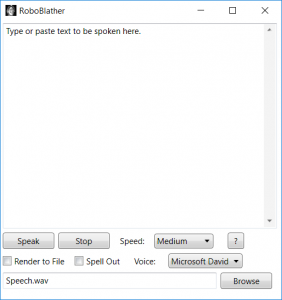Now that I’m no longer selling the Zeta Centauri apps, I decided to add up sales of Windows desktop apps over the years and see how much it was.
2010: $261.25
2011: $160.44
2012: $69.24
2013: $0*
2014: $109.26
2015: $50.08
2016: $95.58
2017: $36.42
Total: $781.27
Overall I’d estimate that I’ve spent about 3500 hours developing apps for Zeta Centauri. This works out to about 22 cents per hour.
This does leave out 2008 and 2009 that I don’t have records for, but I think it was about $35 total each year.
This also leaves out my brief experimentation with installer-based advertising (that spamware/crapware stuff that tries to trick you into installing a useless toolbar). That made about $50, and I feel bad about even trying it.
This also leaves out selling Ubuntu versions of some of these apps, which was about $35 total.
In any case, it’s less than $1000 total.
During the 6 months or so I was building webOS apps (before the platform was murdered), I brought in about $700. That was a much better return on my time. I managed to port one of those apps to Android and made about $7 with it. I really hated working on Android and using the Eclipse tools, so after that one I was done. Never tried iOS (always had a mild dislike of Apple).
It was an interesting experiment, and I tried nearly everything I could think of to make it work. If I’m going to make it in this world, it won’t be with desktop audio software.
The only thing that I didn’t try was adding VST support, and that would have made a significant difference. I’m guessing 4x sales. I mean, I did try adding VST support, but didn’t succeed in implementing it. I could never get it quite right.
* Technically sales happened this year, but not enough to hit the $25 payout threshold, so they’re counted in 2014.
